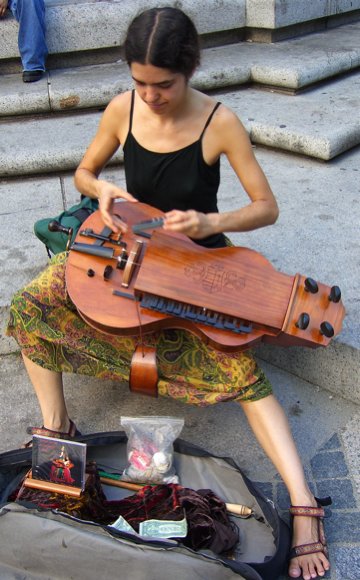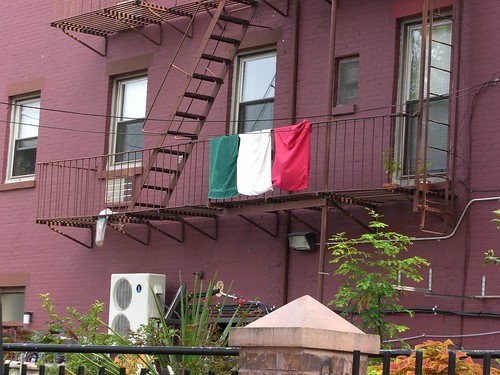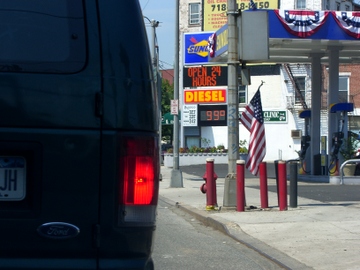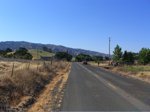
Early last week, we were in New York. I spent most of one hot afternoon at the American Museum of Natural History, on the Upper West Side, and afterward decided to walk down to Penn Station — nearly three miles on the wandering out-of-towner’s course I took — to meet Kate, who was coming in on a commuter train from New Jersey.
Always striking about New York: the number of people on the street, at all hours; and of course, the effect is magnified at the end of the work day as you go from the placid precincts of Central Park West toward Midtown. A commuter crowd mobbed the area around 7th Avenue and West 34th Street, a block up from the station, all going home to the suburbs.
Standing at that corner (above), I was conscious of something I’d been seeing all along my walk: The New York pedestrian’s habit of stepping off the curb when waiting for the lights to change, crowding right up to the traffic lane in some cases getting ready to hustle across against the light if there was an opening in traffic — unlikely on 7th Avenue, not so unusual on less-busy side streets. For a visitor, the New York walking style seems aggressive, disorderly and even dangerous. But it is fast: The only places I got stopped along the way were major intersections. The key is keeping your eyes open and remembering that the drivers you’re looking at are aggressive, too, and that the laws of physics are against you in a collision, even if you think you have the right of way.
It’s a fundamentally different way of street thinking from the prevalent attitude in the Bay Area. In California, state law gives pedestrians virtually universal right of way (with the obvious exceptions: against red lights, for instance). The law aims to make it safer for pedestrians to cross the street, but its effect actually goes well beyond that: It has created a sense of righteous entitlement among pedestrians, who by their behavior apparently believe that all considerations — courtesy, common sense, drivers’ reaction times, night-time visibility, the aforementioned laws of physics — have been suspended by statute.
Yeah, a less car-centric world would be a much better place in many ways. And we ought to make the streets safe for everyone who uses them. But planting the idea in people’s heads that they can step off the curb into the path of a speeding car — and that the car will stop, damn it — promotes naivete and selfishness more than safety.
Some suggestive stats: According to National Highway Traffic Safety Administration numbers, in eight of the 10 years between 1995 and 2004, the most recent statistical year available, New York state had a lower pedestrian fatality rate than California. On the other hand, New York appears to have a much higher percentage of pedestrians killed at intersections — consistently on the order of 40 to 50 percent of the state total compared to California’s 25 percent or so. For the past several reported years, “improper crossing of roadway or intersection” is the top listed factor in pedestrian fatalities in New York; in California, that factor is in a dead heat for No. 1 with “failure to yield right of way” (which I take to mean pedestrians’ failure to yield).
Technorati Tags: berkeley, new york, california






